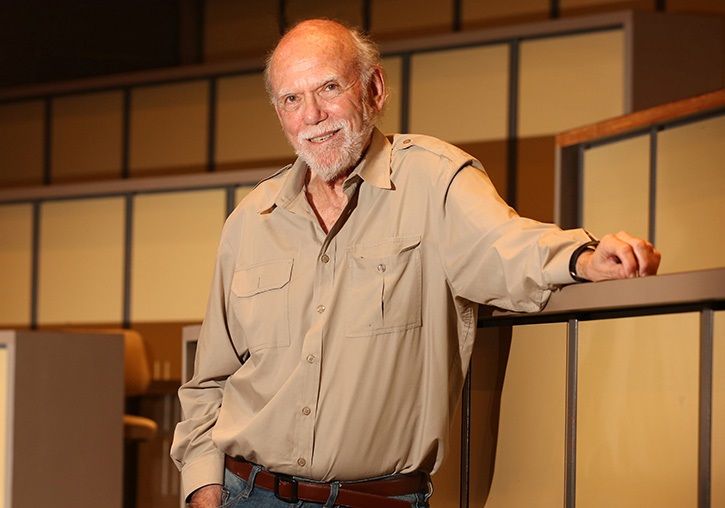
Date of appointment: 23 july 2019.
Date of investiture: 31 may 2022.
Sponsor: Prof. Santiago Noguera.
Barry Clark Barish (Omaha, USA, 1936) is Emeritus Professor of Physics at the California Institute of Technology (Pasadena, California, USA). In 2017 he won the Princess of Asturias Award and the Nobel Prize in Physics alongside Kip S. Thorne and Rainer Weiss. During his long scientific career, he has led numerous innovative experimental projects, culminating in the discovery of gravitational waves in 2015.
A graduate and Doctor in Physics from the University of California, Berkeley, Dr. Barish was lead researcher of the Laser Interferometer Gravitational-Wave Observatory from 1994 to 2005, and director of the LIGO laboratory at Caltech from 1997 to 2006.
Dr. Barish's scientific career has spanned several areas of fundamental physics, creating the first intense anti-proton beam at Boorkhaven in the 1960s, together with Nobel physics laureates Friedman, Kendall and Taylor he built the first spectrometer at Stanford for the study of high-energy electron collisions, and in the 1970s he developed an accelerator capable of producing a narrow-band neutrino beam. His research was instrumental in establishing the unification of the electromagnetic interaction and the weak nuclear interaction in the theory of Glasho, Weinber and Salam, Nobel laureates in physics, which forms the basis of today's Standard Model of particle physics.
By presidential appointment, he was a member of the National Science Board of the United States of America from 2003 to 2009, and has served on numerous commissions and committees.
Barry C. Barish is a member of the National Academy of Sciences, the American Association for the Advancement of Science and the American Physical Society, of which he was president in 2011.
In addition to the Nobel Prize and the Prince of Asturias Award, Dr. Barish has received numerous awards and distinctions, including the Henry Draper Medal of the US Academy of Sciences, the designation as 'Titan of Physics', the American Ingenuity Award of the Smithsonian Magazine, the Enrico Fermiel Award, the Giuseppe and Vanna Cocconi Award of the European Physical Society, the Fundan-Zhongzhi Science Award, as well as honorary degrees from the University of Bologna, the University of Florida, the University of Glasglow, the Southern Methodist University and the University of Sofia St. Kliment Ohridski











